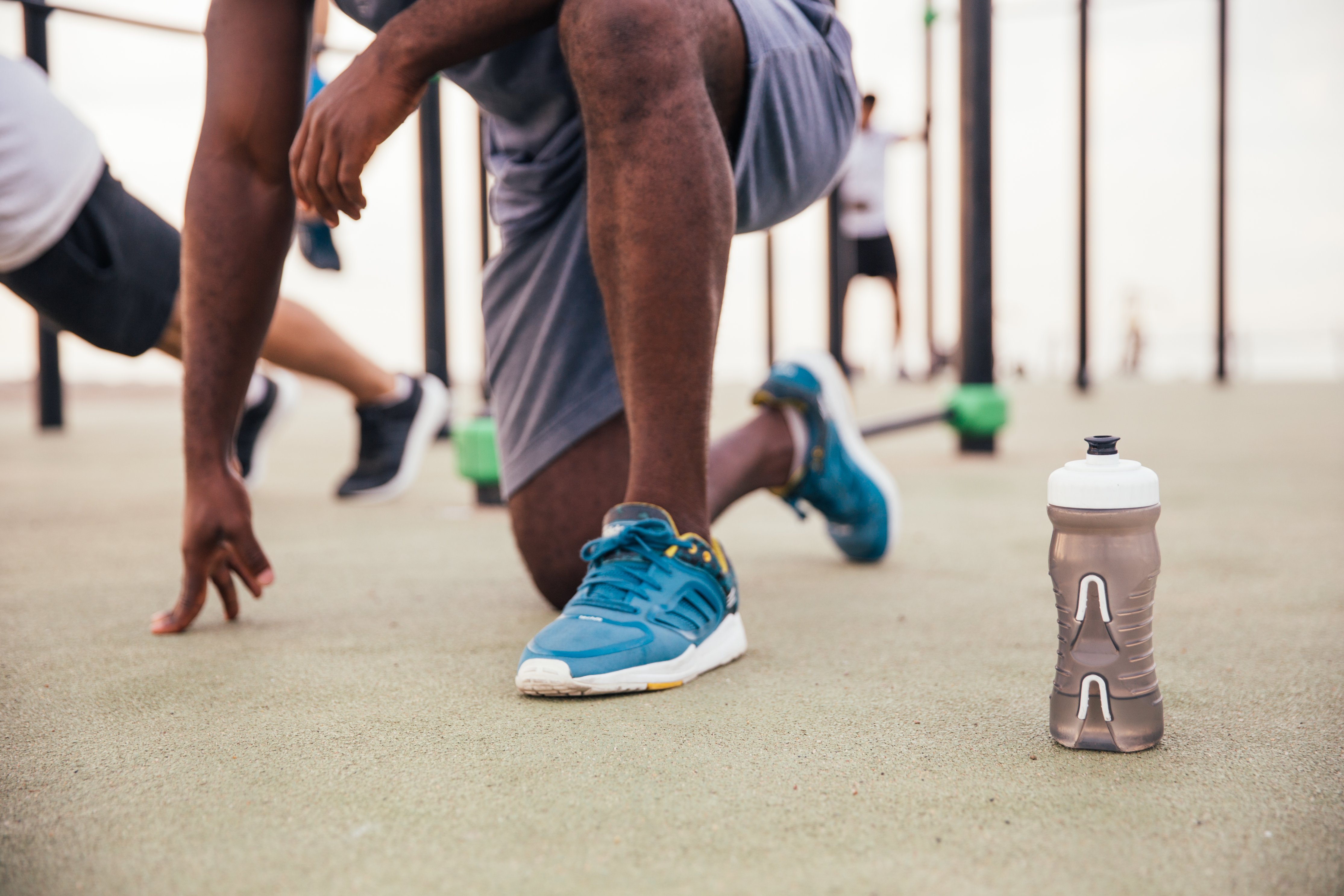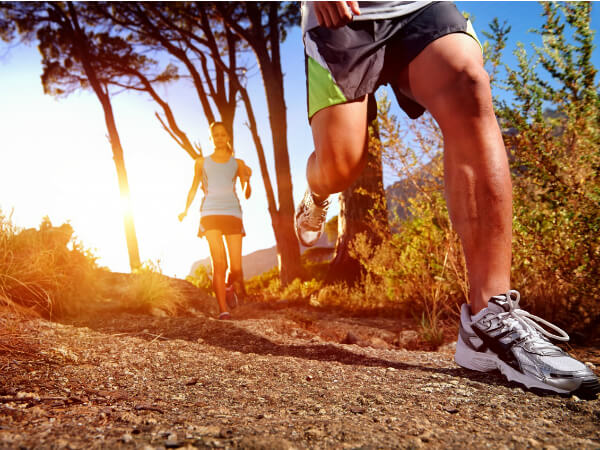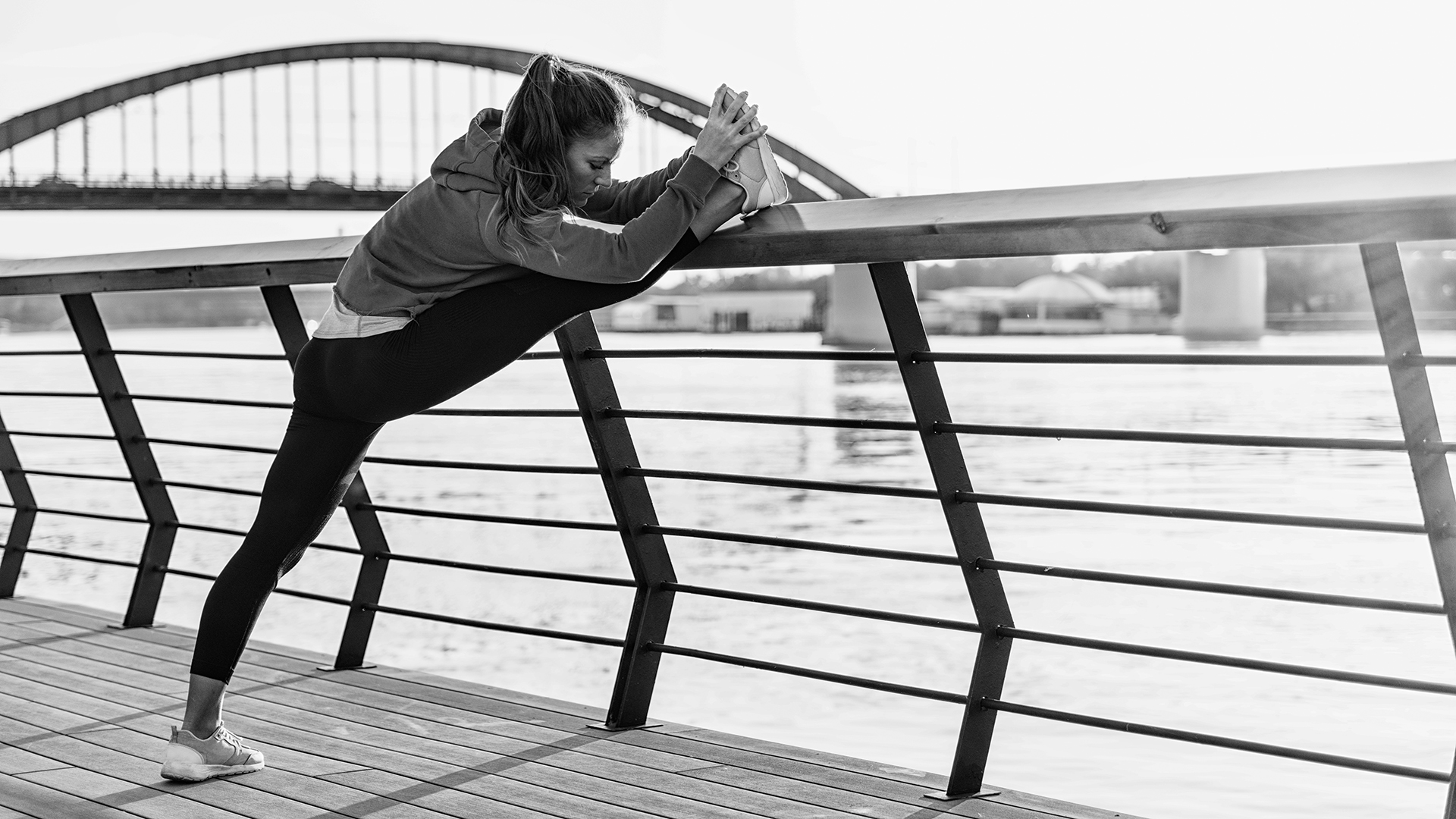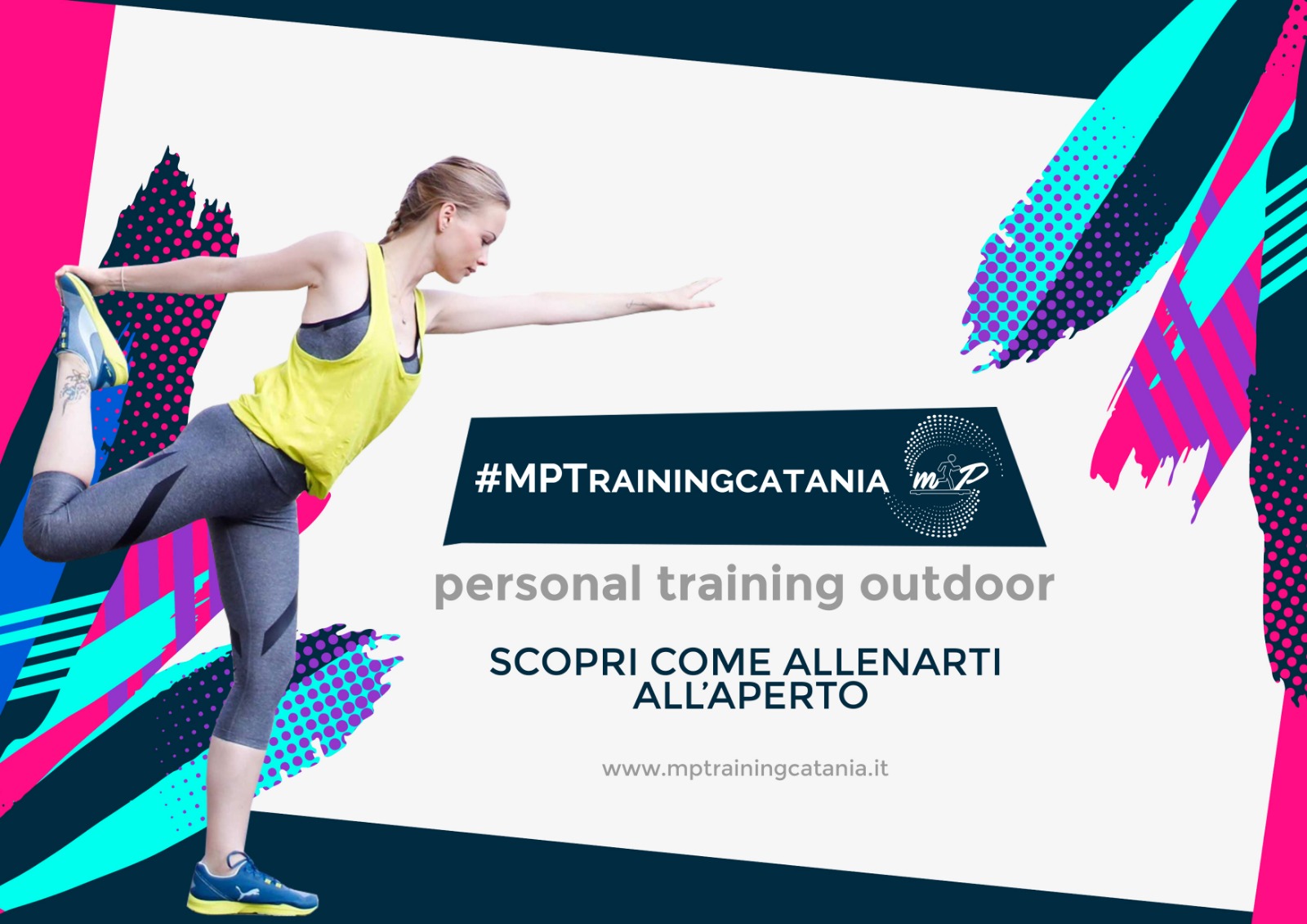How is it done?
When it comes to squats, there are thousands of interpretations of how to follow it: thighs that are wide, narrow, barbell up, down, half or full, etc.
The correct execution requires that the pelvis is brought backwards during the descent phase, with the sensation of feeling the weight exclusively on the back foot (heels), while never lifting the forefoot.
As my fitness teacher has always explained to me Guido Bruscia (Functional training School) the Squat is a dominant hip movement or that everything starts from bringing the pelvis back, flexing the hip.
Hip flexion activates a regulated system of tendons and ligaments that protect and stabilize the knee.
I will show you the first exercise to be able to perfectly learn the correct execution, without making incredible theories and difficult to understand so that everyone can start running it tomorrow. I will mainly deal with the execution of the box squat , that is the first propedeutic to be able to carry out with each type of subject since it does not require a great executive complexity, guaranteeing at the same time a good learning for what will be the movement the final.
Start by placing yourself in front of the wooden box, spreading the legs equal to the width of the shoulders, then bring the pelvis out and bend the knees until the buttocks rest on the wooden box. Go up with a slow and controlled movement, pushing your heels towards the floor, activating your buttocks .
NB: in the return phase there is often a version of the pelvis, a final pressure of the buttocks forward. This situation is not the best as excessively emphasizing the RETROVERSION of the hip ends up CANCELING AND RECTILEINIZING the lumbar lordosis.
And what happens if you don't bring the hip in flexion, or if you don't bring the pelvis back in the first movement?
The weight moves on the quadriceps and the knee moves forward , passing the tip of the foot the final result is pain in the knees and a greater development of the quadriceps muscle with hypotonia of the buttocks.
Homework:
remember to activate the muscles of the buttocks when you go up the stairs when you walk uphill in such a way to be able to protect the knees.
Be focused during execution so that these conditions occur:
1. The knees do not exceed the tips of the feet;
2. In the initial phase of the movement the pelvis is brought back ;
3. That the knees are spread during the descent;
4. That there is an excellent abdominal contraction that stabilizes the spine;
5. That there is a good activation of the BUTTOCKS , often forgotten in the ascent phase They should be, at least at the level of sensation, just the buttocks the main" engines "of the squat, not the quadriceps!























































































































































































